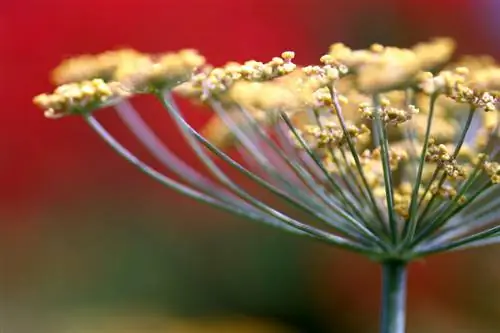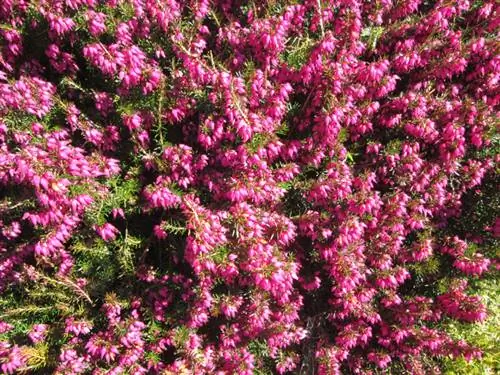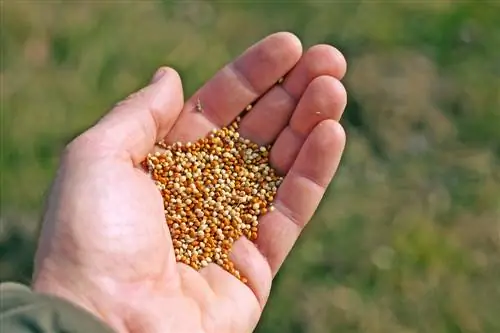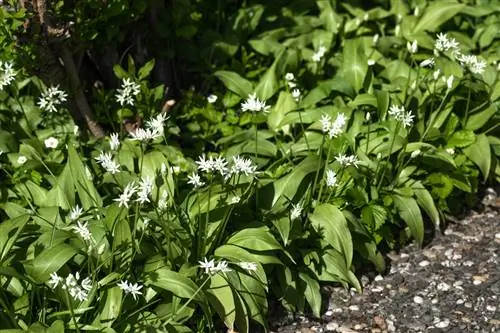- Author admin [email protected].
- Public 2023-12-16 16:46.
- Last modified 2025-06-01 06:02.
The easy-care Pimpinelle - actually “Little Meadow Button” - originally comes from the Mediterranean region, where it still grows wild today. However, the herbaceous plant has been native to us since the High Middle Ages and thrived in many monastery and farm gardens. The Pimpinelle was once even said to have a healing effect against the dreaded plague.

How to grow pimpinelle in the garden?
To grow Pimpinelle successfully, sow the seeds directly outdoors from March onwards in a sunny location with humus-rich, moist, calcareous soil. During the growing season, cut off inflorescences regularly and water and fertilize the plant adequately.
Sowing Pimpinelle
Sowing the Pimpinelle is quite easy, as the seeds can be sown directly outdoors from March. It is therefore not necessary to put it on the windowsill. Choose a sunny location with humus-rich, moist and calcareous soil, with the individual seeds lightly covered with soil. The young plants should later be spaced about 20 to 30 centimeters apart. The plant develops very deep taproots, which is why subsequent transplanting is usually not possible.
Cut inflorescences regularly
Unfortunately, the Pimpinelle has the habit of sowing itself and then growing rapidly. If you would rather not let your garden become overgrown with the fast-growing Pimpinelle, it is better to cut off the inflorescences regularly during the growing season. This measure also has the advantage that the herb remains aromatic and usable in the kitchen - flowering pimpinelle looks very pretty, but doesn't taste particularly good. The main flowering period is from May to August.
Watering and fertilizing Pimpinelle
The small meadow button needs loose, humus-rich and moist soil to thrive. Under no circumstances should the plant be too dry, otherwise it will not be able to develop too much aroma. Drying out of the soil - for example in potted plants or in very sunny locations - should also be avoided, which is why regular watering is carried out, especially in warm summers. If possible, water the plant from below so that the leaves are not wetted. In spring, the plant can be fed with some ripe compost or horn shavings (€52.00 on Amazon), and during the growing season, fertilization is carried out with a liquid herbal fertilizer.
Diseases and pests
Basically, the Pimpinelle is quite insensitive to diseases or pest infestations - provided the plant is he althy and strong. Weakened or incorrectly watered plants are quickly attacked by downy mildew. This disease, caused by a fungus, is noticeable as brown, rapidly spreading spots on the leaves. Even aphids don't stop at the juicy leaves of the Pimpinelle.
Tips & Tricks
Only the young, tender leaves of the pimpinelle are used in the kitchen. These taste best fresh, but can also be frozen.






